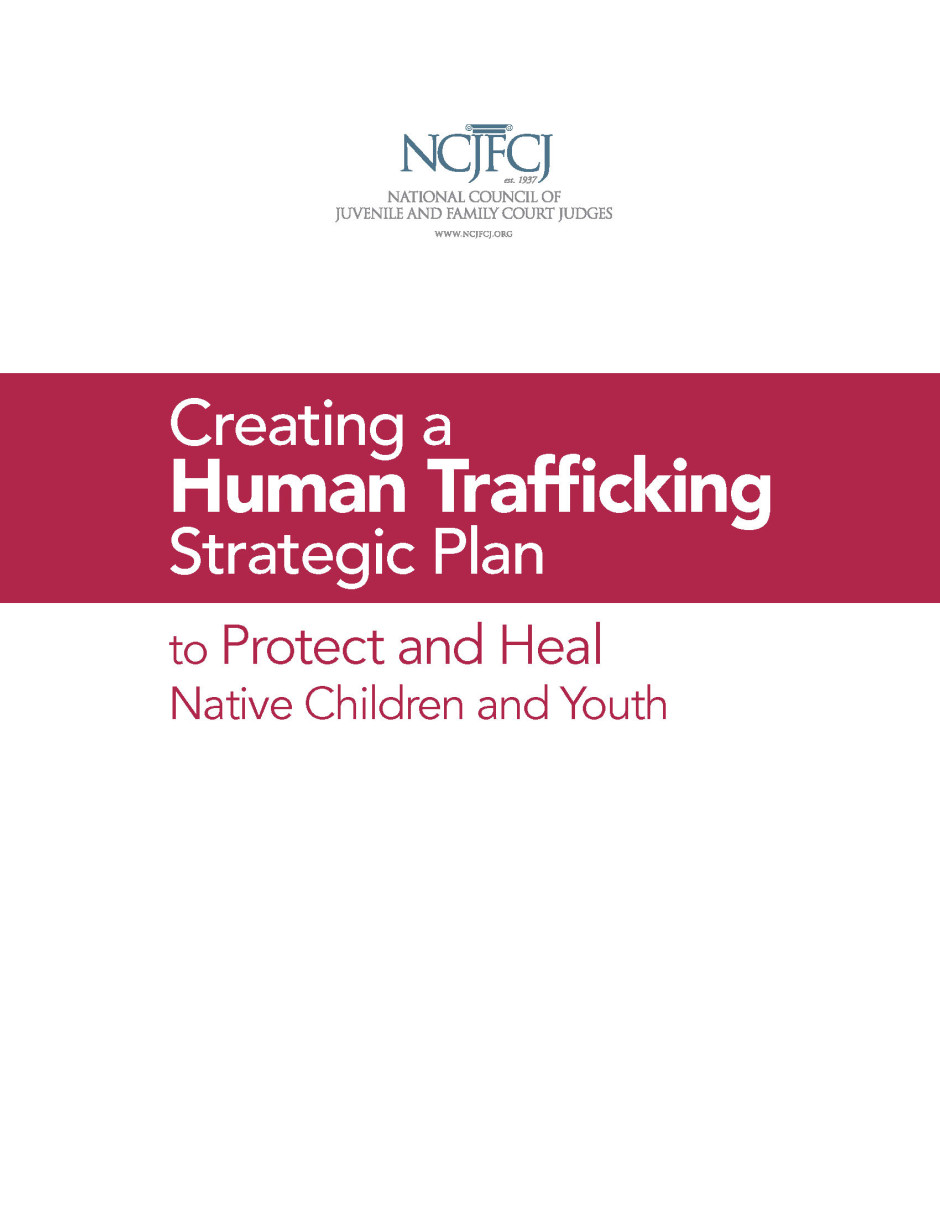Report
Creating a Human Trafficking Strategic Plan to Protect and Heal Native Children and Youth

Human trafficking is a crime in which people profit from the exploitation of others. Victims of human trafficking include children involved in the sex trade, adults over the age of 18 who are forced, coerced or deceived into commercial sex acts, and children and adults compelled into different forms of labor. Child and youth trafficking victims require a highly educated, loving, and carefully coordinated response by multiple individuals and agencies including parents, child welfare workers, foster care workers, law enforcement officers, medical workers, school administrators and teachers, attorneys, and the courts.
Children are particularly vulnerable to human trafficking. When dealing with trafficking cases, child safety must guide all efforts: child victims must be protected, physically and psychologically, from their traffickers and provided with placements and services specifically designed to address the trauma they have endured. Because every tribal community is different, it is not possible to create one plan that will work for everyone. Instead, each community needs to consider structures, processes, resources, size, community risk factors, and other things in order to come up with the most effective plan. This worksheet walks through several questions that prompt participants to make a plan that is in alignment with the needs and abilities of the community. Some things your community will be able to work on immediately. Others will take more time and might give ideas for potential grant applications or other funding requests for the future. Still others will require coordination with non-Native communities and agencies.




